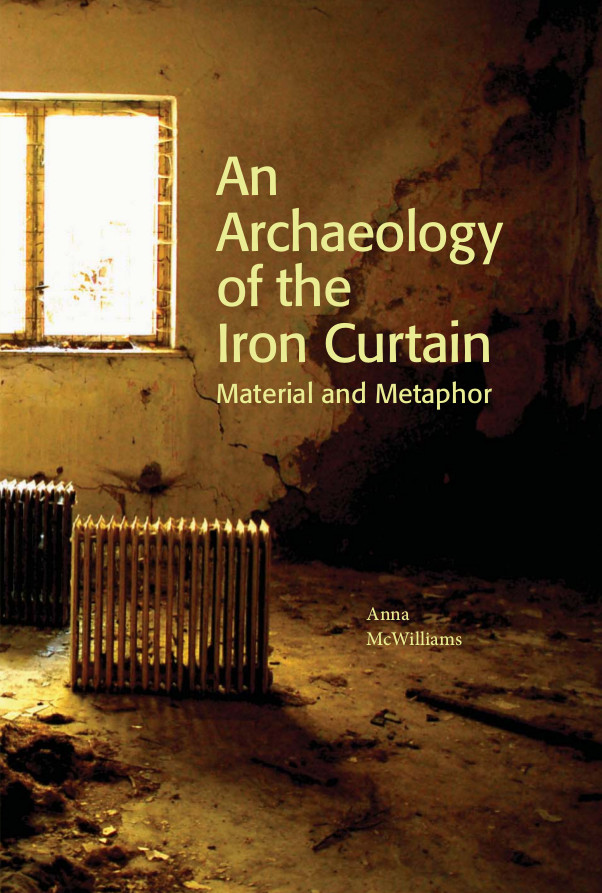Aleksandar Bošković: Photopoetry and the Bioscopic Book: Russian and Czech Avant-Garde Experiments of the 1920s (2013)
Filed under thesis | Tags: · art, art history, avant-garde, book, constructivism, montage, photomontage, poetry, technology, typography, visual poetry

The extraordinary junction between poetry, photography and photomontage — photopoetry — flourished in avant-garde books and journals throughout Europe in the 1920s and 1930s. The new genre aspired to appropriate the products of technological culture in creating poetry more alert to the mass sensibility of a rapidly changing mechanical age. As a new hybrid form that combines poetic text and photographic images, it was ripe for poetic experimentation and production of optical provocations.
This dissertation focuses on three avant-garde photo-poetry books — Mayakovsky and Rodchenko’s About This (1923), Nezval and Teige’s Alphabet (1926), and Mayakovsky and Rozhkov’s unpublished and little known To the Workers of Kursk (1924-7) — examining them from the angle of the bioscopic book, a concept envisaged in a programmatic manner by El Lissitzky in 1923. (from the Abstract)
Dissertation
Slavic Languages and Literatures, University of Michigan, 2013
309 pages
PDF, PDF (9 MB, updated on 2020-7-23)
See also Mayakovsky and Rozhkov’s book in PDF (3 MB, via vk.com). Commentary: Bošković (2017).
Comment (0)Kristin Romberg: Aleksei Gan’s Constructivism, 1917-1928 (2010)
Filed under thesis | Tags: · architecture, art, art history, art theory, cinema, constructivism, film, theory
“This is the first monograph about the Russian constructivist Aleksei Gan (1887-1942) and an experiment in the formal analysis of a materialist practice.
Best known as co-founder of the First Working Group of Constructivists and author of the group’s agitational and theoretical texts, Gan’s own oeuvre was comprised of amateur performances and mass-media objects (texts, books, journals, and films). This dissertation shows that the same qualities of ephemerality and dependency that make Gan’s work resistant to art-historical analysis were also what made it representative of constructivism’s ambitions for a materialist approach to art. In exploring these forms, Gan redefined the ‘work of art’ as a labor process through which the material world, human beings, and normative (common or social) frameworks simultaneously produced one another. The result was an alternative modernism, what I call an aesthetics of embeddedness, whose objects were extensive and responsive structures designed to permeate and shape their environment. Through close readings, the dissertation redefines art-historical concepts such as style and medium in ways specific to Gan’s historical moment, also examining them as manifestations of tensions in the early Soviet imagination. Most crucially these involve the cult of labor, the politics of group formation, and the power of the mass media to mold the normative frameworks governing social reality.
Chapter 1 reevaluates the origins of Russian constructivism by examining Gan’s early career in cultural and political enlightenment organizations, particularly his work in amateur theater and as a ‘constructor of mass action’. Chapter 2 focuses on the crystallization of constructivism as a movement and aesthetic theory in 1921. Chapter 3 looks closely at Gan’s book Constructivism (1922), developing an understanding of constructivism based on a typographic rather than sculptural model of material making. Chapters 4 and 5 examine Gan’s journal projects in terms of architecture and cinema, defining a set of constructive paradigms that run throughout Gan’s work. Finally, chapter 6 treats Gan’s work as a filmmaker in relation to contemporary efforts to rationalize artistic labor.” (Abstract)
Ph.D. Dissertation
Columbia University, New York, 2010
576 pages
PDF (24 MB, illustrations missing, updated on 2017-3-21)
Comment (0)Anna McWilliams: An Archaeology of the Iron Curtain: Material and Metaphor (2013)
Filed under book, thesis | Tags: · archaeology, borders, cold war, metaphor

The Iron Curtain was seen as the divider between East and West in Cold War Europe. The term refers to a material reality but it is also a metaphor; a metaphor that has become so powerful that it tends to mark our historical understanding of the period. Through the archaeological study of three areas that can be considered part of the former Iron Curtain, the Czech-Austrian border, the Italian-Slovenian border and the Berlin Wall, this research investigates the relationship between the material and the metaphor of the Iron Curtain.
“This work falls within what is usually referred to as contemporary archaeology, a fairly young sub-discipline of archaeology. Few large research projects have so far been published, and methods have been described as still somewhat experimental. Through the fieldwork it has been possible to acknowledge and highlight the problems and opportunities within contemporary archaeology. It has become clear how the materials stretch both through time and place demonstrating the complex process of how the material that archaeologists investigate can be created.”
Publisher Södertörns högskola, Stockholm, 2013
Open Access
ISBN 9789186069780
239 pages
PDF (6 MB)
Comment (0)
